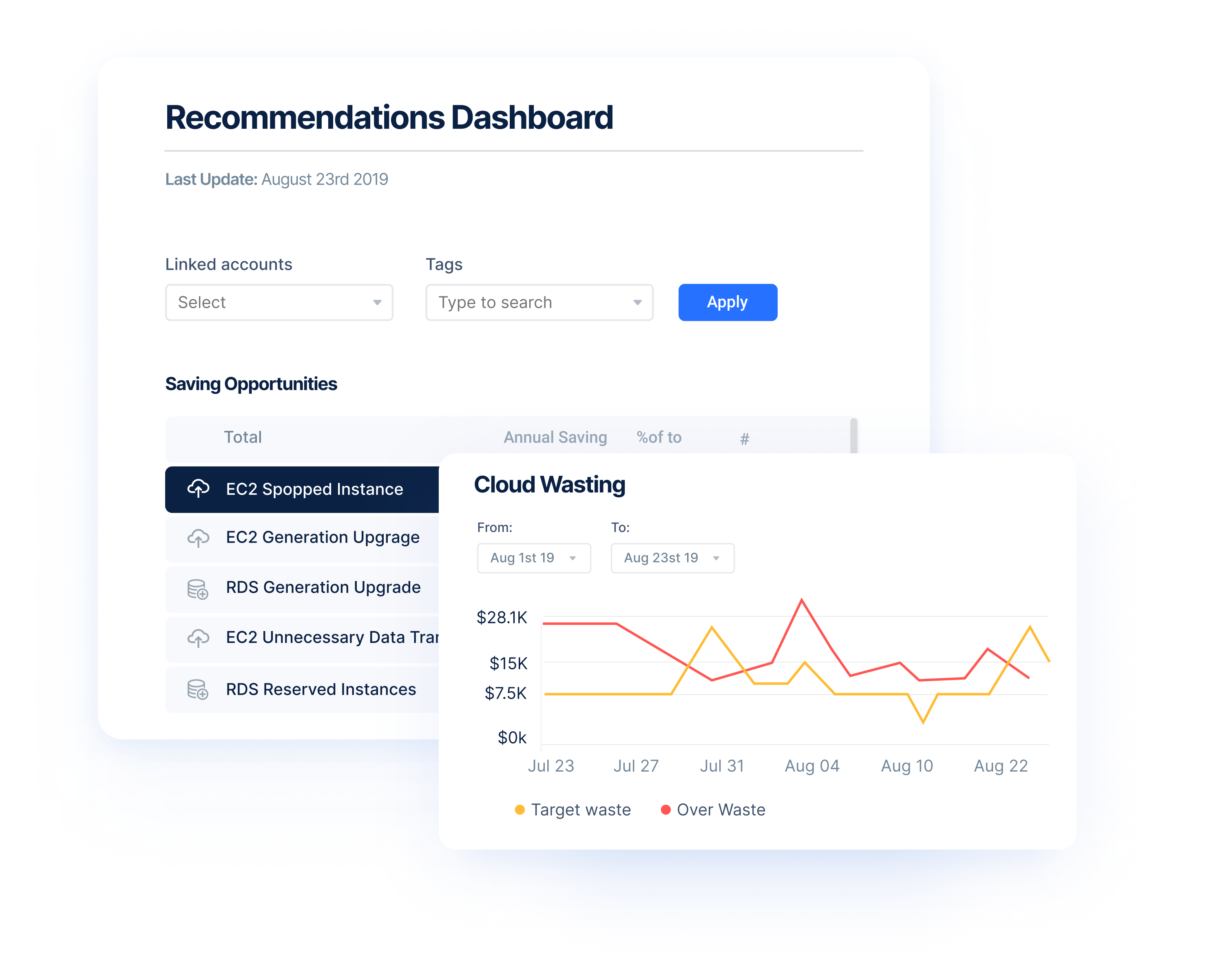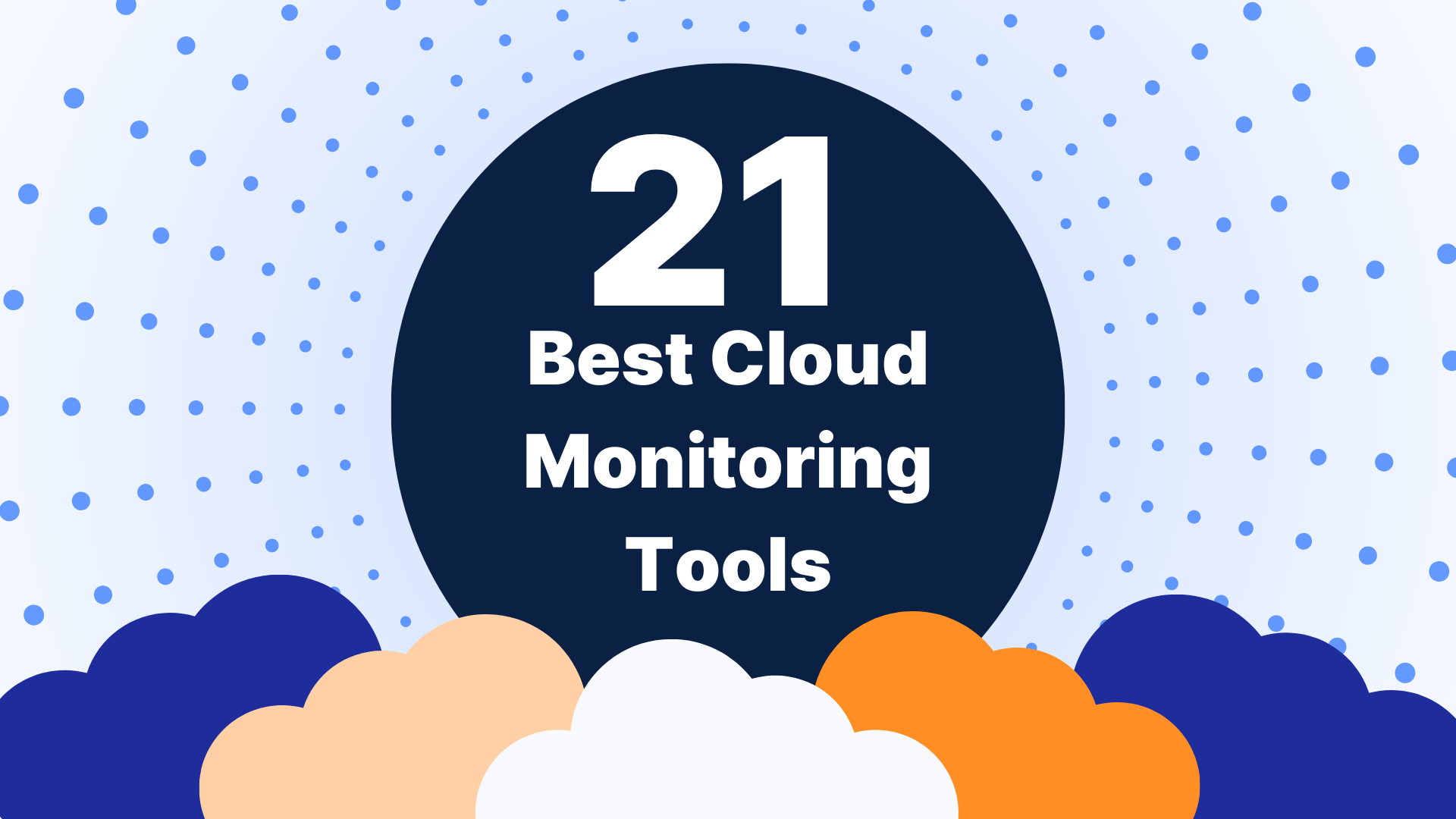Cloud spend — which research shows makes up 51% of IT budgets — is a prime candidate for company cost savings initiatives with the potential to make a huge difference in gross margins. It’s also an area that has grown dramatically in the last few years due to digital transformation and a rise in cloud demand during the pandemic.
The question is, where should finance and IT leaders focus their cost cutting and cloud cost management measures without impacting business operations, performance and availability?
An obvious place for companies to start is analyzing and reducing cloud waste. Why? Surveys consistently show an average of 30% of cloud spend is wasted.
Cloud providers charge for services provisioned, even if they’re not used. Overprovisioned, unused, and orphaned cloud resources are common in many organizations. Further, On-Demand rates for resources are significantly higher than commitment-based discount rates.
Sources of Cloud Waste
Percentage of waste is based on open savings opportunities to optimize cloud billing. To measure this indicator, you have to first define what you consider waste. Waste can be roughly divided into three types:
- Idle and unattached resources
- Resources that can be right-sized
- Commitment purchase opportunity
Measuring Cloud Waste
Cloud waste is an important KPI for measuring cloud efficiency and FinOps success. The percentage waste KPI is built on a daily/weekly/monthly scan of cloud usage and then finding usage reduction options. Using one of these three groups, you calculate what percentage of the total use is inefficient:
- Cost of unused cloud resources against total cost (%)
- Cost of over-provisioned resources against total cost (%)
- Percent of infrastructure running on-demand vs. covered by discount or Spot, measured by hours (%)
Some common examples include the percentage of EBS Unattached out of the entire EBS costs, or the percentage of Old Snapshot out of the entire Snapshot costs, etc.
Reduce Cloud Waste with Anodot
Systems like Anodot can scan for dozens cloud cost optimization opportunities automatically and calculate a sustained waste percentage. As a result, you can measure whether the overall waste of all cloud costs has been reduced, or if a specific type of waste has been reduced.

- Continuously eliminate waste with easy-to-action savings recommendations that can drive significant savings.
- See cost causation and allocate spend by service, business unit, team, and app with deep visibility, granular detail, and reporting across AWS, GCP, and pod level Kubernetes
- Avoid bill shock and enable FinOps with near real-time anomaly detection and alerts and insightful, machine learning powered cloud cost forecasting.
Anodot monitors your cloud metrics together with your revenue and business metrics — so you can understand your true unit economics (revenue, cost, or margin) of your SaaS customers, features, engineering teams, and more. Anodot automatically learns each service usage pattern and alerts relevant teams to irregular spend and usage anomalies, providing the full context of what is happening for the fastest time to resolution.
Start Reducing Cloud Costs Today
Connect with one of our cloud cost management specialists to learn how Anodot can help your organization control costs, optimize resources and reduce cloud waste.





